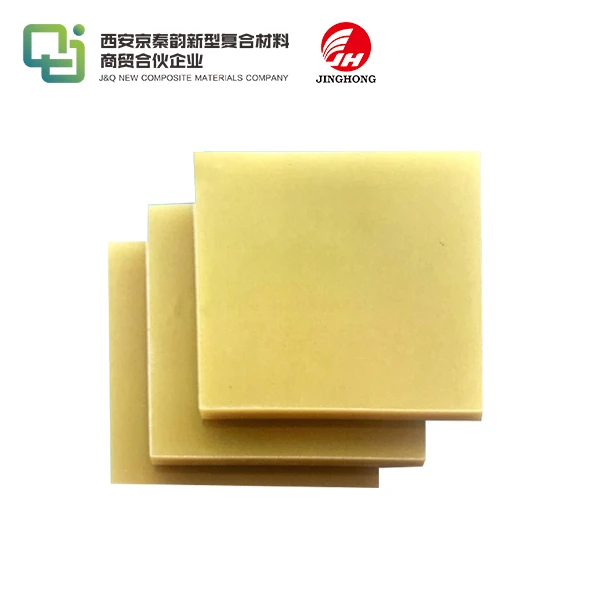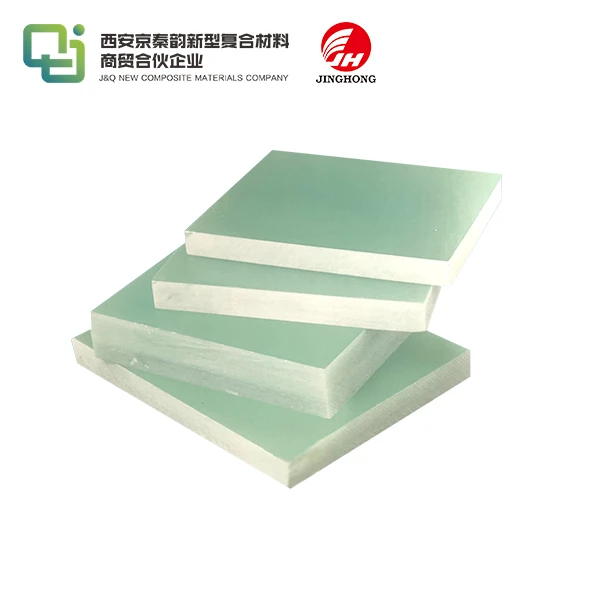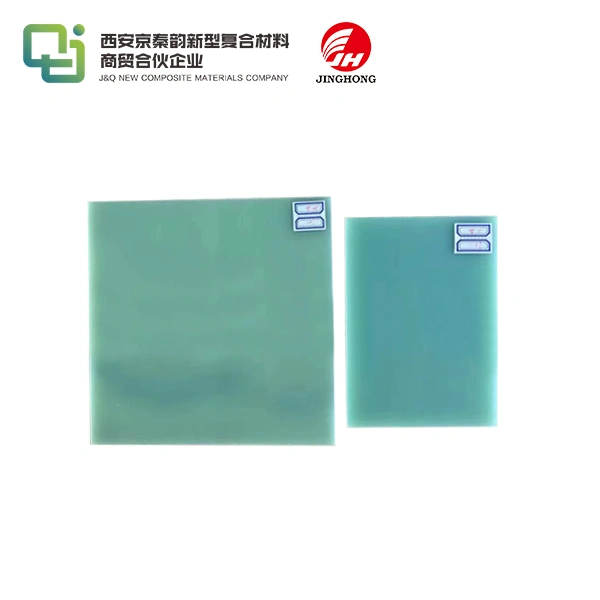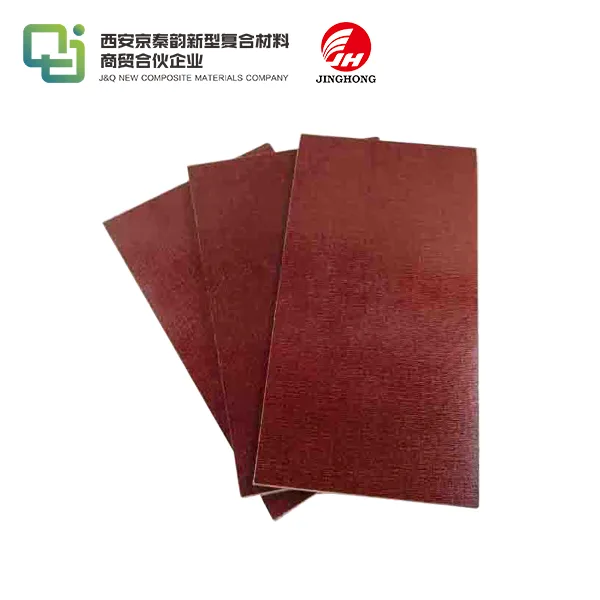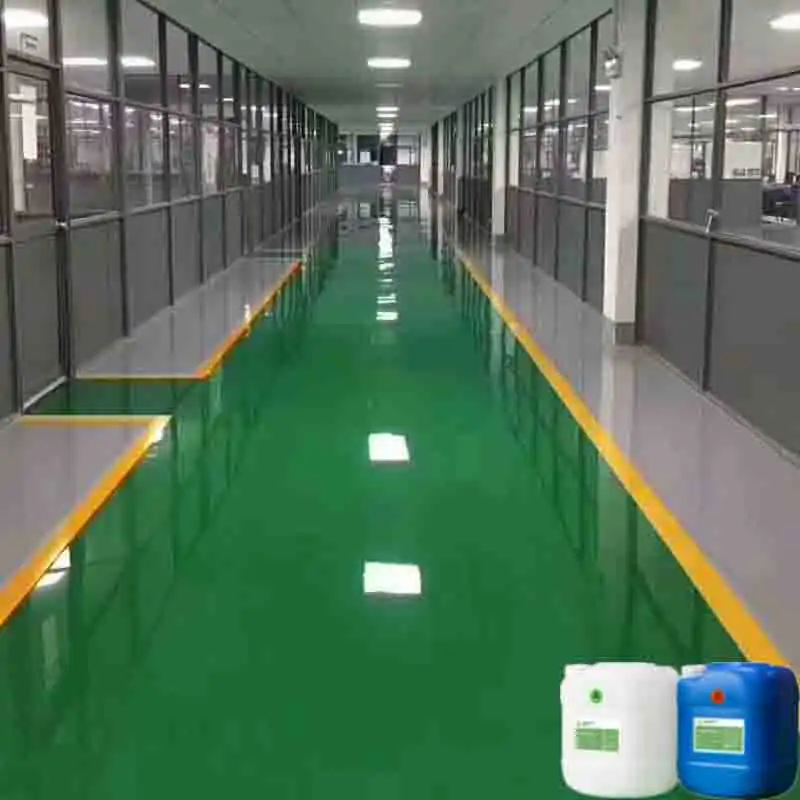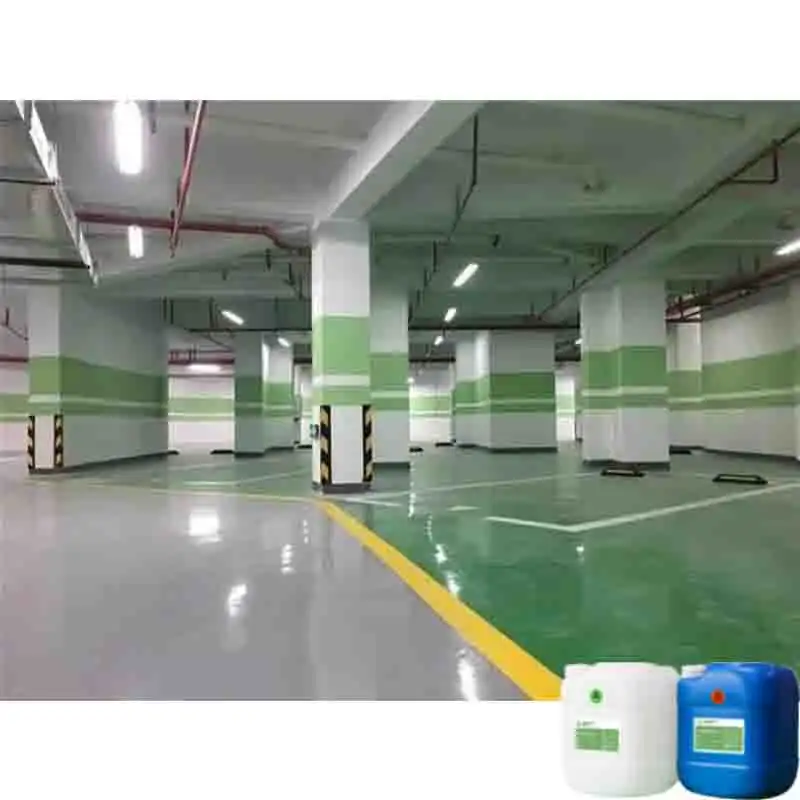Is Bakelite Sheet Electrical Insulator?
2025-04-21 16:49:35
Yes, Bakelite sheet is indeed an excellent electrical insulator. Bakelite, a synthetic plastic resin, possesses remarkable electrical insulation properties that make it a popular choice in various electrical and electronic applications. Its high dielectric strength, low electrical conductivity, and resistance to heat and chemical degradation contribute to its effectiveness as an insulator. Bakelite sheets can withstand high voltages and prevent the flow of electric current between conductive components, ensuring safety and efficiency in electrical systems. This versatile material has been a staple in the electrical industry for decades, serving as a reliable insulator in switchboards, circuit breakers, and other electrical equipment where protection against electrical current is paramount.
Properties and Characteristics of Bakelite Sheet as an Electrical Insulator
Chemical Composition and Structure
Bakelite, also known as phenol formaldehyde resin, is a thermosetting plastic created through the reaction of phenol and formaldehyde. This unique chemical composition results in a cross-linked polymer structure that imparts exceptional insulating properties to Bakelite sheets. The molecular arrangement of Bakelite creates a dense, rigid material with minimal free electrons, which is crucial for its insulating capabilities.
Dielectric Strength and Resistivity
One of the key factors that make Bakelite sheet an excellent electrical insulator is its high dielectric strength. Dielectric strength refers to the maximum electric field a material can withstand without breaking down. Bakelite typically exhibits a dielectric strength ranging from 15 to 40 kV/mm, depending on the specific formulation and manufacturing process. This impressive dielectric strength allows Bakelite sheets to effectively prevent electrical breakdown even under high voltage conditions.
Additionally, Bakelite boasts a high volume resistivity, typically in the range of 10^9 to 10^13 ohm-cm. This high resistivity indicates that Bakelite strongly opposes the flow of electric current through its bulk, further enhancing its insulating properties.
Thermal and Environmental Stability
Bakelite's insulating properties remain stable over a wide range of temperatures, making it suitable for use in diverse environments. It can maintain its electrical insulation characteristics at temperatures up to 125°C (257°F) or even higher for specialized formulations. This thermal stability ensures reliable performance in applications where temperature fluctuations are common.
Moreover, Bakelite exhibits excellent resistance to moisture, chemicals, and UV radiation. This environmental stability prevents degradation of its insulating properties over time, contributing to the longevity and reliability of electrical systems using Bakelite sheets as insulators.
Performance Metrics that Matter on the Factory Floor
Dielectric Strength & Breakdown Voltage Benchmarks
Insulating components rarely fail gradually; they break down catastrophically when their dielectric ceiling is breached. Bakelite sheet earns its keep through consistent breakdown voltage performance - 18 kV/mm in dry conditions, 12 kV/mm in 96 % relative humidity. Pulse‑test data from IEC 60243 show minimal corona onset below 5 kV/mm, indicating uniform insulation across the laminate plane. Engineers specifying relay bases or circuit breaker housings often add a 1.5× safety factor, still leaving Bakelite comfortably within operational margins.
Mechanical Rigidity Under Electrical Load
An insulator that creeps or warps may pinch conductors and create hot spots. Flexural modulus for Grade X Bakelite sheet clocks in at 10 GPa - near aluminum but at roughly one-third the density. This rigidity permits thinner, lighter spacers that survive torque without cracking. Charpy impact values (notched) hover around 1.5 kJ/m², adequate for machine housings experiencing intermittent shock. Even under simultaneous 8 kV AC stress, dynamic mechanical analysis records less than 0.2 % dimensional shift.
Safety Certifications & Global Standards (UL, IEC)
Bakelite sheet enjoys UL 94 HB through V-0 ratings depending on filler load, with oxygen indices surpassing 28 %. International Electrotechnical Commission standard IEC 60893 classifies it under PFCP, ensuring traceable dielectric and thermal data. RoHS and REACH compliance bolster export viability, crucial for multinational OEMs. Our factory provides SGS and TÜV test dossiers on request, easing audits for end‑users in aviation, renewable energy, and medical equipment.

Choosing, Machining, and Maintaining Bakelite Sheet
Grading and Thickness Selection Guide
While the generic term "Bakelite sheet" is widely used, actual grades differ. Paper-based PFCP201 suits low-stress terminal boards; cotton-cloth PFCC302 excels in impact zones like motor commutators, and glass-cloth PFGC308 offers arc-tracking resistance for high-voltage switchgear. Thicknesses span 0.5-50 mm. Designers typically match dielectric path length plus 40 % to the expected voltage gradient, so a 12 kV bus support may only need 3 mm of grade PFCC302, saving weight and cost.
Machining Tips for Burr-Free Edges
Cured phenolic laminates are glass-hard yet brittle. Carbide-tipped or PCD tools running 60-80 m/min rim speed minimize micro-cracks. Flood coolant is discouraged; compressed air jet keeps the workpiece cool without swelling fibers. For drilled holes, split-point HSS bits at 3° rake prevent delamination, and backing boards eliminate exit-face blow-out. Post-machining, gentle deburring with 320-grit silicon-carbide cloth yields a smooth, corona-free edge.
Long-Term Storage & Preventive Care
Store sheets flat on wooden pallets, never upright, to avert gravity-induced warping. Relative humidity in storage bays should stay below 65 %. Ultraviolet light degrades surface resins over multiple years, so opaque tarpaulins or cartons extend shelf life. Wipe dust with isopropanol - avoid acetone or halogenated solvents that craze surface layers. Properly stored, Bakelite sheet retains 90 % of its initial dielectric strength after eight years, verified by ASTM D149 re-testing.
Conclusion
Bakelite sheet remains an electrical insulator of choice when designers seek a synergy of dielectric strength, thermal fortitude, and mechanical rigidity at an attractive cost. Its phenolic backbone blocks charge migration, while reinforcement fibers furnish dimensional stability even under brutal industrial conditions. With certifications aligned to UL and IEC, plus proven machinability, Bakelite sheet bridges the gap between commodity plastics and premium glass‑epoxy.
Contact Us
For more information about our high-quality Bakelite sheets and other insulating materials, please don't hesitate to contact us. Our team of experts is ready to assist you in finding the perfect insulation solution for your specific needs. Reach out to us at info@jhd-material.com to discuss how we can support your electrical insulation requirements with our premium products and over 20 years of industry experience.
References
1. Phenol-Formaldehyde Resins: Chemistry, Properties and Applications, Journal of Polymer Science, 2019.
2. IEC 60893:2019 - Electro‑technical Resin-based Laminated Sheets.
3. Dielectric Breakdown of Phenolic Laminates Under Humid Conditions, IEEE Transactions on Dielectrics, 2021.
4. UL 94 Plastics Flammability Standard, Underwriters Laboratories, 2020 Edition.
5. Mechanical Performance of Phenolic‑Cotton Laminates at Elevated Temperatures, Materials & Design, 2018.
6. ASTM D149 - Standard Test Method for Dielectric Breakdown Voltage and Dielectric Strength of Solid Electrical Insulating Materials, ASTM International, 2021..

